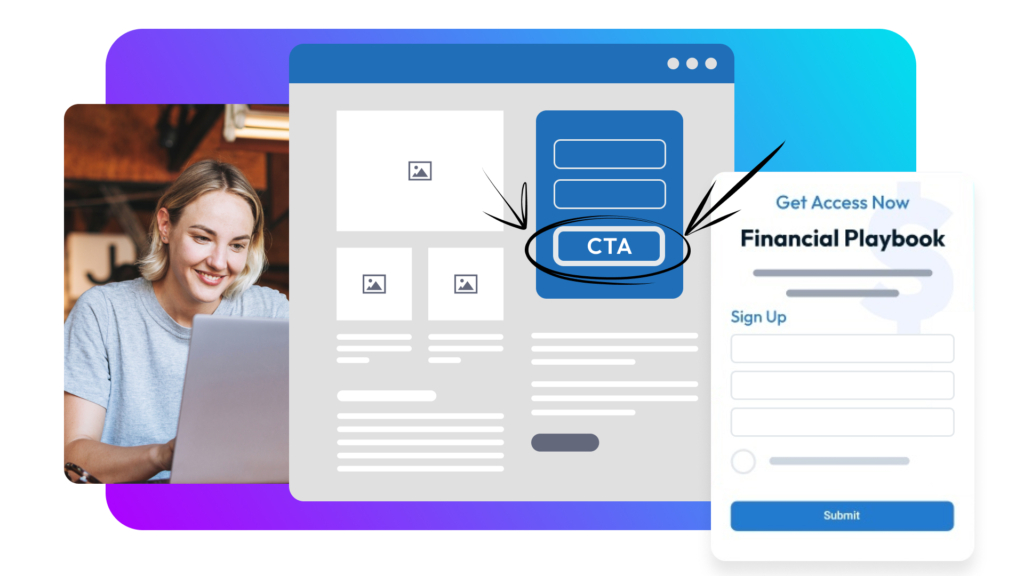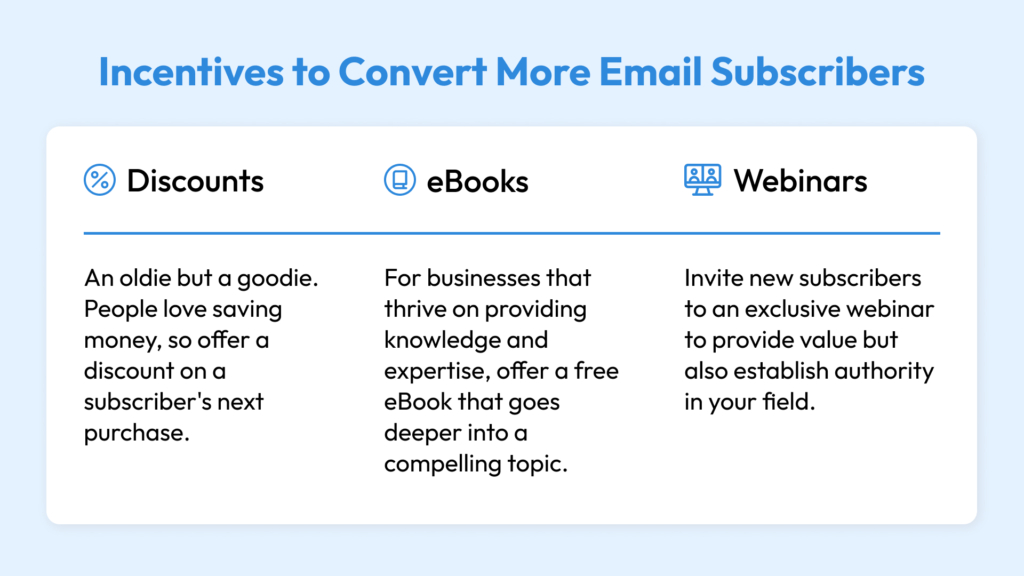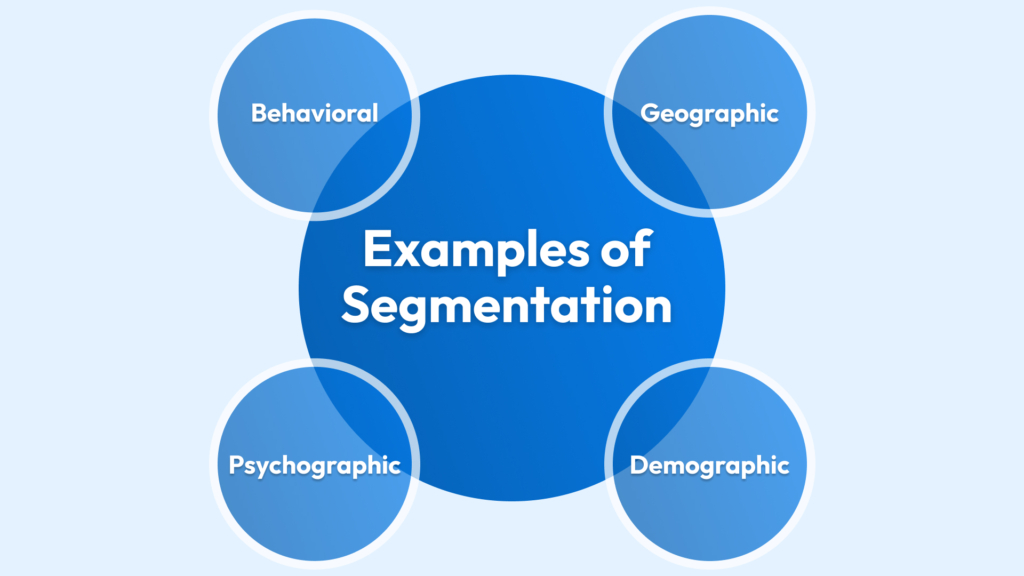How do you run successful email campaigns? You first need to understand opt-in email marketing.
Opt-in email marketing is the practice of inviting people to actively choose to receive email communications from you. The key words here are “actively choose” – permission-based opting-in is key.
Obtaining consent isn’t just a courtesy. It’s the cornerstone of trust and respect between you and your audience. You should cultivate a community of engaged individuals who genuinely want to hear from you. And in a digital world where trust is currency, the permission you gain is invaluable.But it’s not as easy as “permission” or “no permission.” There are actually two opt-in routes you can take: single opt-in or double opt-in.
In this article:
The Opt-In Email Choice
Let’s unpack the two opt-in email list approaches to see which would better serve your email strategy needs.
Single Opt-In Email: Fast Tracking Your List’s Growth
The single opt-in process is as straightforward as it gets. A user visits your website, enters their email address into a subscription form, and hits submit. Just like that – BOOM – they’re subscribed. This method offers a quick and effortless way for people to join your email list.
What makes the single opt-in option a good one?
- It’s efficient at growing your list by removing barriers to subscribing.
- It’s effective for businesses looking to rapidly expand their reach.
- It can lead to higher conversion rates because of simplified sign-up forms.
Double Opt-In Email: Ensuring Quality and Engagement
Remember that there’s another option to consider: the double opt-in process. Here, the journey from visitor to subscriber involves a critical extra step. After entering their email address on your site, the person receives a confirmation email asking them to verify their subscription. Only after clicking a confirmation link is the user officially added to your email list.
That extra step might seem like a hurdle, but it comes with significant advantages.
First, it acts as a quality filter, ensuring that only those genuinely interested in your content make it onto your list. This validation step drastically reduces the chances of fake or mistyped email addresses cluttering your database, as well as lowers spam complaints for unsolicited emails. Also, double opt-in subscribers demonstrate a higher level of engagement right from the start, which means a cleaner, more engaged list that’s primed for higher open rates and better interaction.

Does double opt-in slow down the growth of my email list?
Yes and no. You might not get as many people subscribing to your list, but the people who do are more engaged. And a smaller list of highly interested subscribers is more valuable than a larger list of lukewarm leads.
Plus, if you’re paying per subscriber email within your CRM email marketing software, it might be more cost effective to only pay for people who are interested in what you offer instead of everyone who submitted their email address on your landing page.
So, what’s it going to be for your marketing strategy? Fast and broad reach or focused and high-quality engagement? Choose wisely, dear reader: the choice will shape the foundation of your email marketing efforts.
Crafting Your Opt-In Form
How do you create a website opt-in form that not only catches the eye, but also converts website visitors into subscribers? There are many ways to create high converting landing pages, but the successful ones share some core elements.
Let’s break down the essentials, design tips, and strategic placement to ensure your opt-in form is impossible to ignore.
Essential Components of an Opt-In Form
An effective opt-in form strikes a balance between “simple” and “informative.” It should clearly communicate what subscribers are signing up for while not overwhelming people. But what elements are non-negotiable, aside from the place for their contact information?
- Clear Call-to-Action (CTA): Your CTA should be compelling and direct, leaving no doubt about what subscribers will get by signing up. Add a little pizazz to your CTA – phrases like “Join Now” or “Get Exclusive Access” are more enticing than a drab “Submit.”
- Social Proof: Including testimonials or subscriber counts can significantly boost trust. It’s a gentle nudge that says, “You’re not the first to join the club.”
- Privacy Policy: A link to your privacy policy reassures visitors that their data is safe with you.
Placement Strategies for Maximum Visibility
Where should your opt-in form live on your site to capture the most attention? Here are a couple of strategies:
- “Above the Fold”: Placing your form where visitors can see it without scrolling can significantly increase sign-up rates. Putting an opt-in front and center on your homepage is a great place to start.
- At the End of Content: If someone has read to the end of your blog post, then they’re likely engaged and might be more willing to subscribe for more content.
Why not both? It doesn’t hurt to offer a few places on your page for someone to opt-in.

Design and User Experience Tips
If your form looks nice and is easy to use, you will convert more potential subscribers into actual subscribers. Here are a few design tips:
- Use Templates and Design Best Practices: You don’t have to start from a blank page. Use proven templates as a starting point and customize them to fit your brand.
- Mobile Optimization: These days, most people access the internet on their phones. Make sure your form looks great and works smoothly on all screen sizes.
Pop-Up Forms: Best Practices and Timing
Pop-up forms can be incredibly effective or incredibly annoying, depending on when someone sees them. Here’s how to get it right:
- Timing is Everything: Set your pop-up to appear after a visitor has spent a certain amount of time on your site or is about to leave. This ensures they’re engaged but not interrupted.
- Avoid Overuse: Too many pop-ups can frustrate visitors. Use them sparingly and strategically.
Embedding Forms within Content
Sometimes you don’t need a solitary opt-in form page. Integrating opt-in forms within your blog posts and pages can boost sign-ups without disrupting the user experience.
Include sign-up forms where they feel like a natural part of the content, like at the end of a helpful blog post or in the sidebar next to relevant articles.
By focusing on these key elements for your opt-in form, you’re well on your way to building a subscriber list filled with engaged and interested users.
Strategies to Increase Opt-In Rates
What’s the easiest way to see your subscriber count soar? By giving people a reason to subscribe in the first place! Let’s explore proven strategies that can help you grow your subscriber list more effectively.
Offer Incentives
Incentives can significantly increase your opt-in rates by providing immediate value for subscribing. Sometimes these are called “lead magnets” or “freebies” if you like a word that rhymes with itself. Here are a few ideas:

Make Content Marketing Convert for You
Create content so tantalizingly valuable, that readers can’t help but sign up for more.
Whether it’s through insightful blog posts, engaging videos, or informative podcasts, the key is to demonstrate that your emails will be just as valuable as the content that led them to subscribe in the first place.
Have you ever found yourself signing up for a newsletter just to get more of the valuable content you just read? That’s content marketing at its best! To learn more, you can read our blog post about how to create effective lead magnets, including 10 real-life examples.
Leverage Social Media for Email Opt-Ins
Integrating your social media strategy with your email marketing efforts can open up new avenues for subscriber growth. Here are a couple of strategies:
- Integrate Opt-In Forms on Your Social Media Pages: Make it as easy for people to sign up as possible. Add custom tabs or call-to-action buttons that can link directly to your opt-in form.
- Use Effective CTAs in Your Social Media Content: Encourage your social media followers to sign up for your email list by highlighting the benefits they’ll receive, like exclusive tips shared only via email or early access to sales.
Increasing your opt-in rates is about more than just tactics. It’s about creating a strategy that aligns with your audience’s needs and interests. By offering incentives, leveraging content marketing, and integrating social media into your email signup process, you’re not just growing your list – you’re building a community eager to hear from you.
Managing Your Email List
So you have an email list with subscribers, thanks to your shiny new opt-in form. Now you need to manage your list effectively.
A well-maintained email list ensures your messages reach the right people at the right time. How do you do that? With list segmentation and keeping your list clean!
Segmenting Your List for Better Targeting
Imagine sending a personalized invitation to a select group of friends for rock climbing. You wouldn’t invite your friend who’s afraid of heights, would you? Email marketing is the same (just without the breathtaking views).
One email size does not fit all. This is where segmentation comes into play. By dividing your email list into smaller segments based on criteria like demographics, purchase history, or engagement level, you can tailor your messages to resonate more deeply with each group.
Personalized emails ensure that your subscribers receive content that’s relevant to their interests and needs, significantly boosting the likelihood of engagement and actions. For instance, a segmented list allows you to send product recommendations that match a subscriber’s previous purchases or browsing history, making your emails more effective and welcome in their inbox.

Keeping Your List Clean
Your email list requires regular maintenance to perform its best. That means removing inactive subscribers and correcting or removing invalid email addresses to lower email bounce rates and improve email deliverability. What does this accomplish?
- Higher delivery rates. Sending emails to invalid or unengaged addresses can hurt your sender reputation and decrease the effectiveness of your campaigns.
- Better analytics. Focusing on subscribers who are genuinely interested in your content helps you refine your strategies and achieve improved results.
A well-managed list leads to more personalized, relevant, and effective email marketing campaigns. By investing time into these practices, you’re not only respecting your subscribers’ inboxes, but also setting the stage for more meaningful connections. And you know what that means: higher conversion rates.
Legal Considerations in Opt-In Email Marketing
With regulations like GDPR, CAN-SPAM, and other confusing acronyms shaping the legal landscape, understanding and adhering to these laws is essential. Let’s outline some best practices to keep your email marketing strategy both effective and compliant.
Understanding GDPR and CAN-SPAM
The General Data Protection Regulation (GDPR) and the Controlling the Assault of Non-Solicited Pornography And Marketing (CAN-SPAM) Act are two pivotal legal frameworks that any email marketer should understand.
GDPR, a regulation enacted by the European Union, emphasizes the protection of personal data and privacy of EU citizens. It requires explicit consent from individuals before their data can be used, making double opt-in methods the only option for compliance.
On the other side of the pond, the CAN-SPAM Act governs email marketing in the United States, setting rules for commercial messages, giving recipients the right to have you stop emailing them, and outlining harsh penalties for violations.While GDPR and CAN-SPAM are among the most talked-about, other regions have their own regulations, such as CASL (Canada’s Anti-Spam Legislation) in Canada and the PDPA (Personal Data Protection Act) in Singapore. Each of these laws has its nuances, but the common thread is the emphasis on consent, transparency, and the right of the individual to control their personal data.
Best Practices for Compliance
Ensuring compliance with these laws might seem daunting, but incorporating a few best practices can simplify the process:
- Explicit Consent: Always obtain clear, explicit consent from users before adding them to your email list. Use double opt-in methods whenever possible to confirm this consent.
- Transparency: Be transparent about how you plan to use subscribers’ data. This includes providing clear information at the point of sign-up and in your privacy policy.
- Easy Opt-Out: Make it simple for subscribers to opt-out of receiving emails from you. Include an easily accessible unsubscribe link in every email campaign.
- Regular Data Audits: Conduct regular audits of your email list and marketing practices to ensure ongoing compliance with all relevant laws.
- Stay Informed: Laws and regulations can change, so it’s important to stay informed about any updates or new laws that might affect your email marketing practices.
By understanding these laws and implementing best practices, you can navigate the complexities of email marketing with confidence, ensuring your campaigns are not only successful but also fully compliant with global regulations.
Conclusion
Opt-in email marketing is based on permission, respect, and mutual interest between brands and their email subscribers. It builds a trusting relationship, where every email is welcomed and valued. If you pursue this kind of marketing, you’ll develop a more engaged community around your offerings because they’ll actually be interested in what you offer.
Remember: the power of opt-in email marketing is its ability to connect, engage, and convert – one permission at a time.Ready for more email marketing tips? The next step is to learn how to use email marketing automation to catapult growth.


